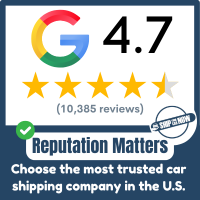Are you planning to ship your car but unsure about when to do it?
You’re not alone. The best time to ship a car can drastically affect both your wallet and your stress levels.
The auto transport industry is heavily influenced by seasonal demand and the availability of carriers, which can cause car shipping costs to fluctuate throughout the year. The perfect shipping date depends on seasonal patterns, your route, and even day of the week considerations that most people never think about.
From car shipping cost-saving strategies during the quieter seasons to navigating the high demand of summer months, here’s everything you need to make an informed decision without the sales fluff.
Understanding the car shipping process will make all the difference.
Key Takeaways
- Spring and fall offer the best balance of price and efficiency.
- Summer shipping costs more due to high demand.
- Winter routes can face delays but might be cheaper in less busy lanes.
- Weekdays (Monday-Thursday) tend to have lower prices than weekends.
- Booking 2-3 weeks ahead secures better rates and carrier availability.
- Giving carriers a 3-5 day window can reduce costs.
- Selecting efficient car transport services, especially when expedited shipping is needed, ensures timely and cost-effective delivery.
Understanding Seasonal Car Shipping Prices

Car shipping prices can vary greatly depending on several factors, including the distance, type of transport, and level of service required. Understanding these factors can help you make an informed decision when choosing a car shipping company.
Factors That Affect Car Shipping Costs
Several factors can affect car shipping costs, including:
- Distance: The farther the distance, the higher the car shipping cost. Longer routes require more fuel and time, which increases the overall price.
- Type of Transport: Enclosed auto transport is more expensive than open auto transport. Enclosed transport offers additional protection for your vehicle, making it ideal for luxury or classic cars.
- Level of Service: Door-to-door service is more expensive than terminal-to-terminal service. While door-to-door is more convenient, terminal-to-terminal can save you money if you’re willing to drop off and pick up your vehicle at designated locations.
- Vehicle Size and Weight: Larger and heavier vehicles require more fuel and equipment, increasing the cost. Compact cars are generally cheaper to ship than SUVs or trucks.
- Time of Year: Peak season (summer and winter) is more expensive than off-peak season. Demand for car shipping services spikes during these times, driving up prices.
- Insurance Coverage: Additional insurance coverage can increase the cost. Basic liability coverage is usually included, but you might want to o
Seasonal Timing: What to Expect

Car shipping follows seasonal trends. The time of year impacts availability, cost, and even how smoothly the process goes.
Winter: Slower Traffic, Lower Prices
- Ice, snow, and storms can cause delays.
- Fewer people move cars, so shipping companies may offer discounts.
- January picks up with snowbirds heading south, but February slows down again.
- Enclosed trailers are worth considering for protection against road salt and debris.
- Winter can offer cheap vehicle shipping rates due to lower demand. It’s important to choose a reliable shipping company to ensure your vehicle is transported safely and efficiently.
Summer: High Demand, Higher Prices
- Peak season for relocations and vacationers moving vehicles.
- Prices go up due to demand, and availability tightens.
- Delays happen more often as transporters juggle packed schedules.
- Booking early is the best way to avoid premium pricing.
- Vehicle shipment rates tend to increase during summer due to higher demand, so it’s important to book early to avoid premium pricing.
Spring & Fall: The Sweet Spot
- Lower demand means better rates and quicker transport times.
- Weather conditions are ideal for shipping.
- More carriers available, leading to better deals and flexible scheduling.
Want to know the full cost breakdown? Check out How Much Does It Cost to Ship a Car.
Location Matters: Urban vs. Remote Routes

Where your car starts and ends plays a big role in pricing.
High-Traffic Routes = Lower Costs
- Major metro areas have more trucks, keeping prices competitive.
- Common routes (NY to FL, CA to TX) usually cost less.
- Snowbird routes spike in price from October to December and drop after winter ends.
Rural Locations = Longer Waits, Higher Prices
- Fewer carriers pass through remote areas, raising costs.
- You might need to meet the carrier in a nearby city.
- Terminal-to-terminal services can sometimes be a better deal.
Want an in-depth look at route pricing? Read Best Time to Ship a Car.
Save Money With Smart Scheduling
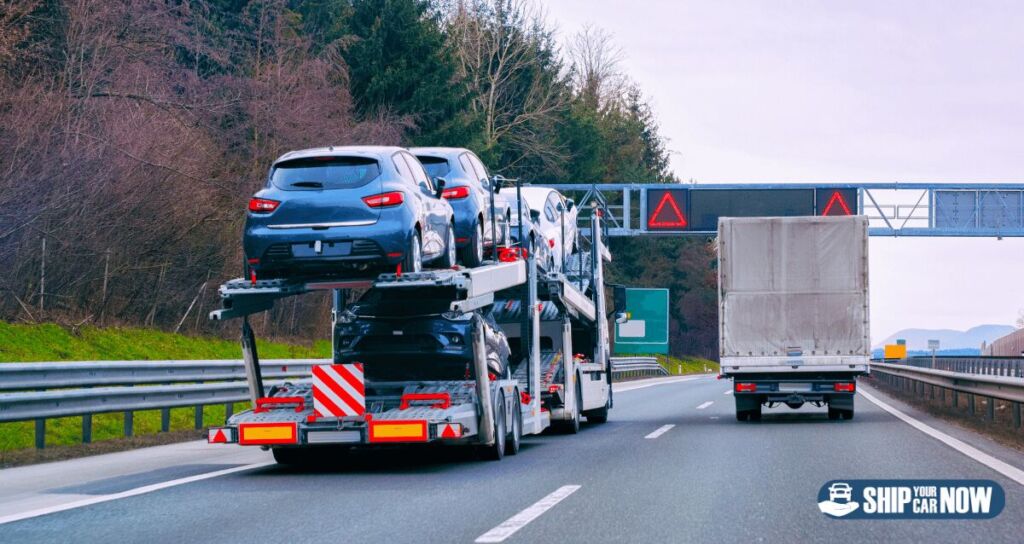
A few simple tricks can slash your shipping costs.
1. Pick the Right Day
- Monday-Thursday bookings are cheaper than weekend pick-ups.
- Avoid last-minute scheduling—rush shipping costs more.
2. Be Flexible
- A 3-5 day pickup window helps carriers find the best route, which lowers your rate.
- Locking in a specific date comes with a premium price tag.
3. Book Ahead
- 2-3 weeks before shipping gives you the best mix of price and availability.
- Booking too early might lead to price fluctuations, while last-minute bookings will cost more.
Preparing Your Car for Shipping (Seasonal Tips)
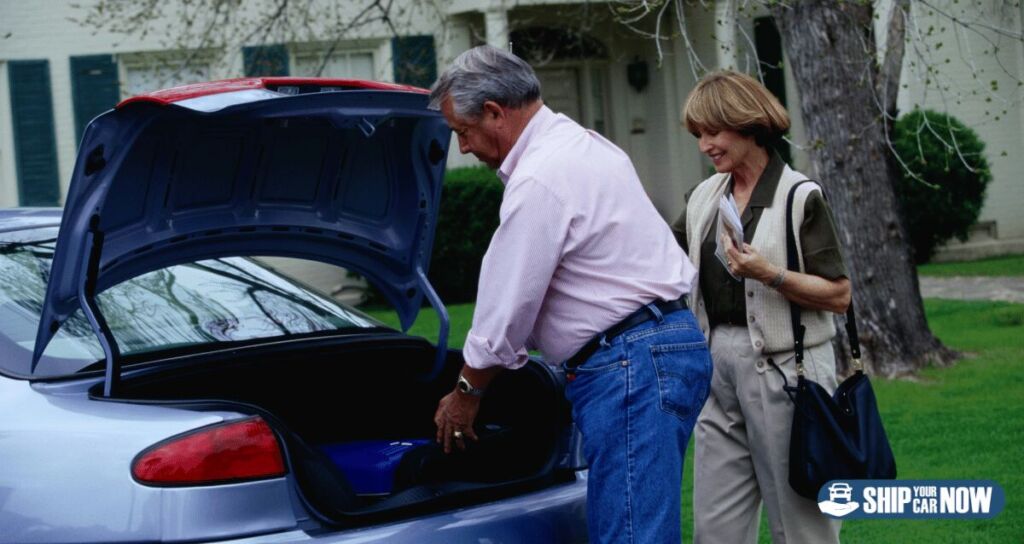
Getting your car ready ensures a smooth process. Different seasons call for different steps.
Winter Prep:
- Check antifreeze levels to prevent freezing.
- Lubricate door locks to stop them from icing over.
- If shipping on an open trailer, consider adding protective coverings.
Summer Prep:
- Wax your car to protect it from the sun.
- Use windshield sunshades to protect the interior.
- Check tire pressure, since heat expands air inside tires.
Want more prep tips? Read How to Prepare for Car Shipping.
Choosing a Reliable Car Shipping Company

Not all car shippers are the same. Picking a reputable company prevents surprise costs and headaches.
Using a professional car transport company offers cost-effectiveness and convenience compared to driving long distances, saving on expenses related to gas and lodging, and providing protection for the vehicle during transit.
Check for These Features:
- Door-to-door delivery (more convenient than terminal-to-terminal)
- Real-time tracking to monitor your vehicle
- Clear cancellation policies (no hidden fees)
Read Reviews & Compare Quotes
- Look at customer experiences on platforms like Google Reviews.
- Be wary of “too good to be true” prices—these often hide extra charges.
- Compare at least 3 quotes before making a choice.
For a full breakdown of car shipping myths and facts, read Avoid Car Shipping Scams.
Open vs. Enclosed Transport: Which One’s Better?
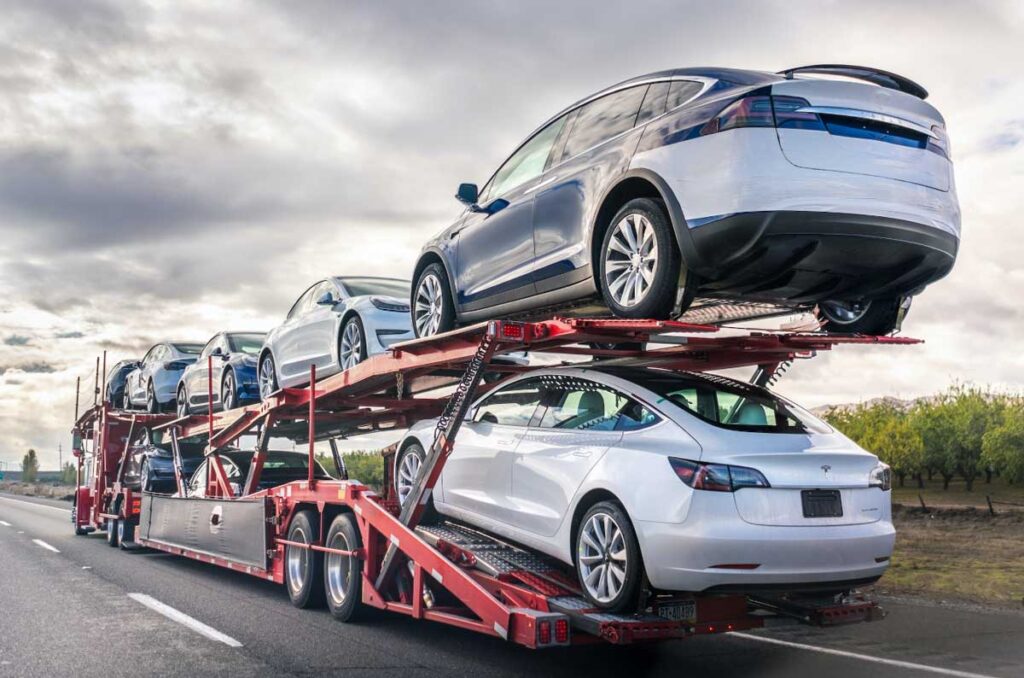
- Open transport: Cheaper, faster, great for everyday vehicles.
- Enclosed transport: More expensive but protects high-end, classic, and luxury cars.
Enclosed transport services provide protection from external elements and ensure high-value vehicle safety during transit.
Most people stick with open transport since it costs about half as much as enclosed.
Not sure which one fits your needs? Learn more here: Open vs. Enclosed Transport.
Insurance Coverage and Expedited Shipping
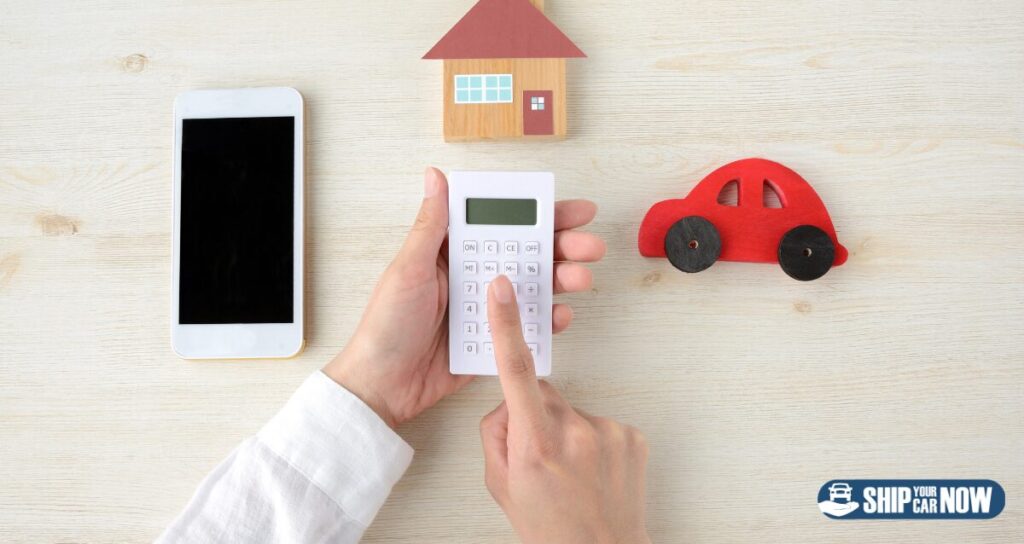
Insurance coverage and expedited shipping are two important factors to consider when shipping a car.
Importance of Insurance Coverage
Insurance coverage is essential to protect your vehicle against damage or loss during transit. Most auto transport companies offer basic liability coverage, but you may want to consider additional coverage, such as gap coverage, to ensure you are fully protected.
Gap coverage can cover up to $5,000 in damages and is usually available for an additional fee. This extra layer of protection can provide peace of mind, especially if you’re shipping a high-value vehicle.
Expedited Shipping Options
Expedited shipping options are available for those who need their vehicle shipped quickly. Expedited shipping can increase the cost by 20% to 40%, but it ensures that your vehicle is shipped as quickly as possible.
Some auto transport companies offer guaranteed delivery dates, while others may offer priority shipping for an additional fee. If time is of the essence, expedited shipping can be a worthwhile investment to ensure your vehicle arrives on schedule.
By understanding the factors that affect car shipping prices and considering insurance coverage and expedited shipping options, you can make an informed decision when choosing a car shipping company.
Be sure to research and compare prices from multiple auto transport companies to find the best option for your needs and budget.
Ready to Ship Your Car?
Timing can make or break your car shipping experience. Planning ahead and choosing the right transport method saves money and frustration.
Need a reliable shipping partner? ShipYourCarNow makes it easy.
Click the link, get a quote, and lock in the best shipping deal today.
Frequently Asked Questions
Is it cheaper to ship a car or drive?
It is cheaper to drive your car rather than shipping it, as driving will save you the most money. However, if you value your time, driving might end up being more costly due to the time it takes to travel.
Is car shipping worth it?
Shipping a car through an auto transport company can be worth it for saving time and money, particularly for long-distance moves. It prevents wear and tear on the vehicle and eliminates the need for expenses like food, lodging, and gas.
How long does a car take once shipped?
A car typically takes between a few days and two weeks to ship from the point of origin to its final destination. To reduce this time, consider booking early, using open transport, and taking advantage of low prices for terminal-to-terminal shipping.
How do seasons affect car shipping costs?
Seasons have a substantial impact on car shipping costs, with winter potentially offering cost-saving opportunities and summer bringing high demand and peak pricing. Spring and fall provide a balance of better weather and manageable demand.
How does location impact car shipping?
The location significantly impacts car shipping, as popular routes and remote areas can affect timing and costs.





